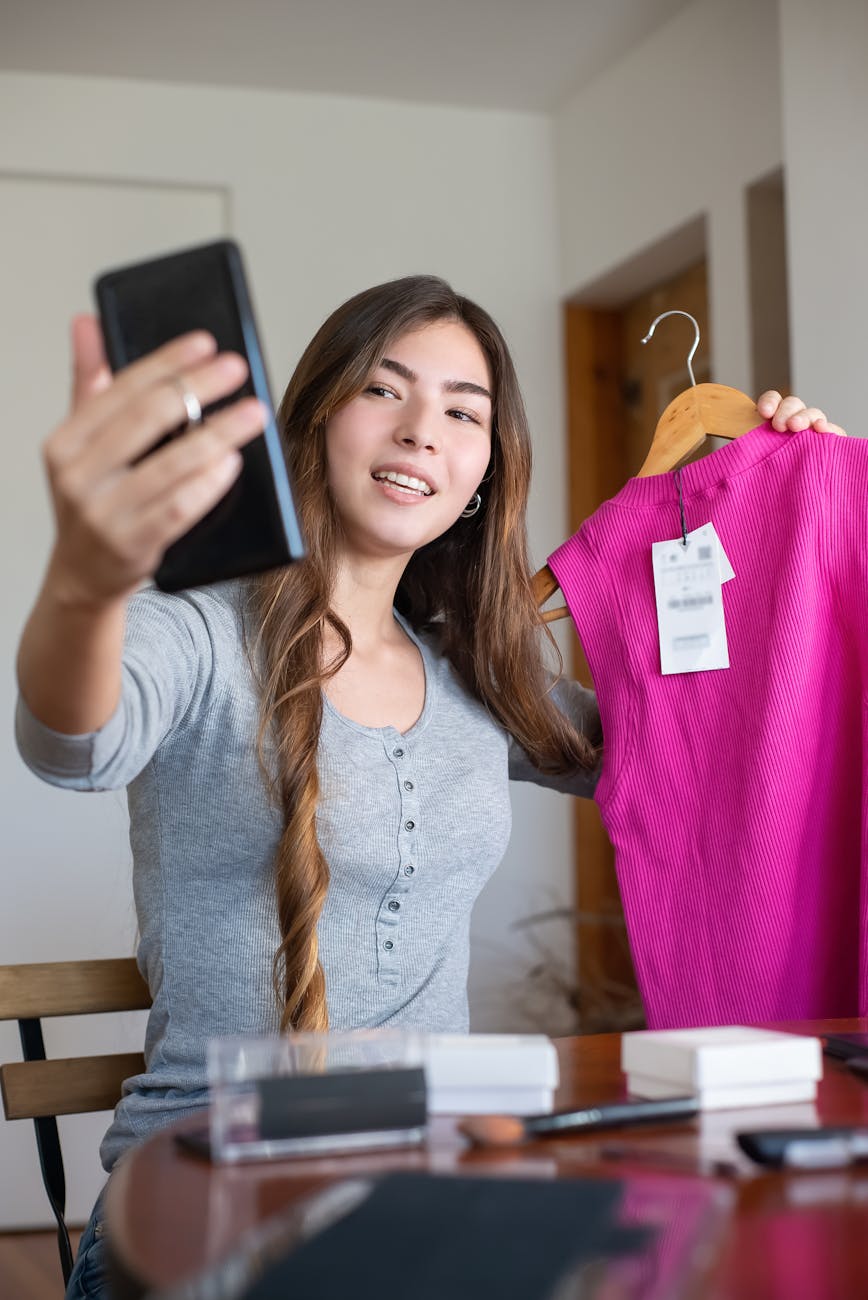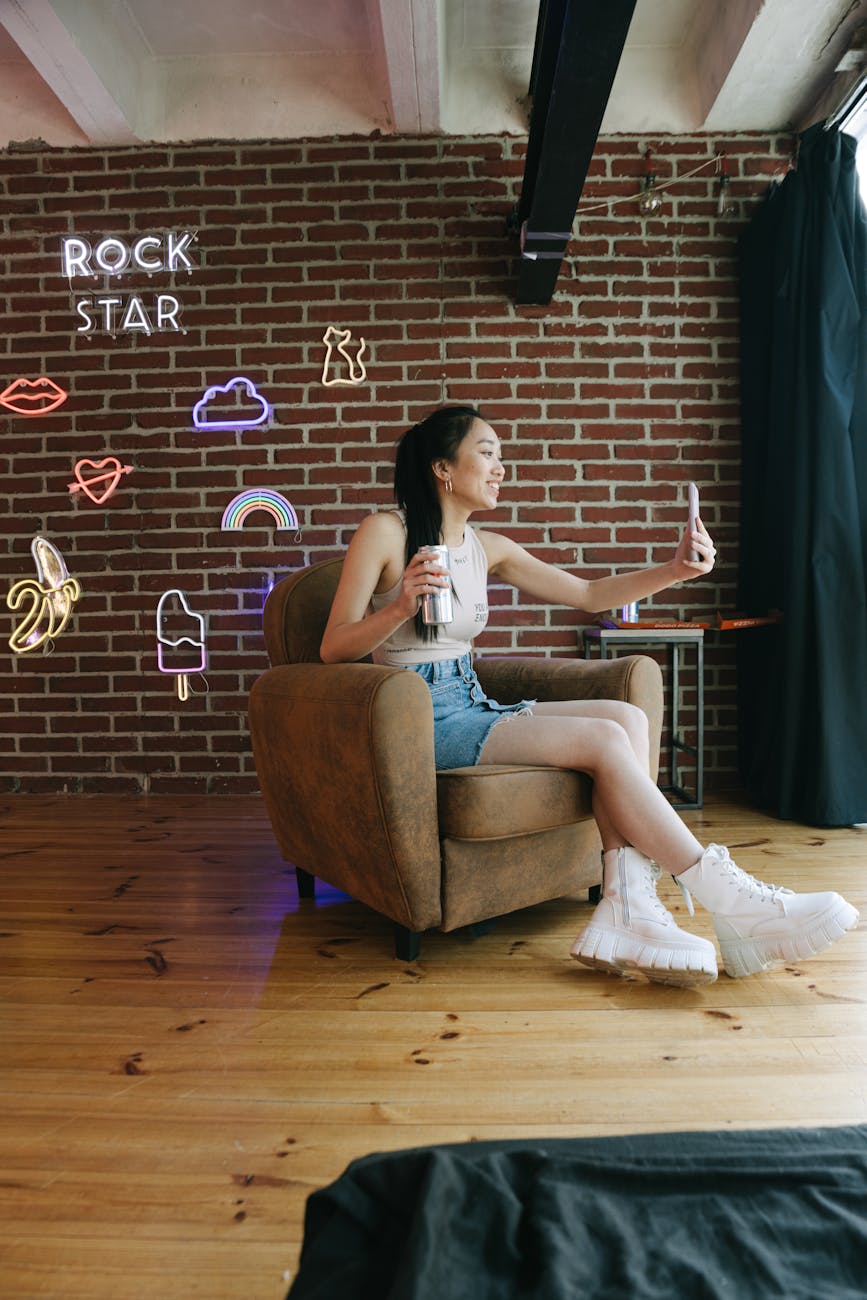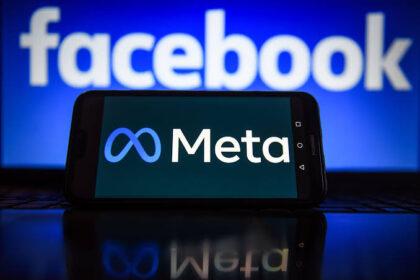Not too long ago, online shopping meant clicking through clunky websites, crossing your fingers, and hoping your order arrived in one piece.
Now? You can shop from a livestream in another country, get personalized recommendations powered by AI, check out in three taps, and have your order delivered before your coffee cools.
Online shopping hasn’t just evolved. It’s transformed dramatically.
Let’s explore the biggest changes in how people shop online today, and what it means for businesses trying to stay ahead.
From Browsing to Being Sold to by Algorithms
Remember when you had to search for products manually?
Now, your next purchase finds you.
Thanks to AI and machine learning:
- Algorithms serve products based on your behaviour, not just your search terms
- Social media platforms predict your needs before you even type them
- Email newsletters show dynamic product recommendations based on your click history
Online shopping has shifted from active searching to passive discovery and brands that use AI personalization are seeing significantly higher conversion rates.
The Rise of Social Commerce (It’s Not a Phase)
Shopping is no longer confined to “stores.” It’s happening:
- In IG stories
- During TikTok lives
- In WhatsApp catalogs
- Through Telegram bots
- And inside Threads conversations
Platforms like TikTok Shop and Instagram Checkout have made it seamless to discover, watch, and buy without leaving the app and people love it. Especially Gen Z and digital-first shoppers who trust creators more than brands.
Pro tip for brands: If your product can’t live inside a conversation or short video, you’re leaving money on the table.

Live Shopping Is Making a Loud Comeback
Welcome to QVC for the digital generation.
Live shopping events where hosts showcase products in real-time with instant purchasing are booming across:
- TikTok
- YouTube
- Instagram Live
- Facebook Shops
In China, this market is already worth over $700B, with influencers generating millions in live sales in a single night.
Now, Western and African markets are catching on. Live commerce adds a sense of urgency, entertainment, and trust; three things static product pages often lack.
Voice and Visual Search Are Replacing Typing
Typing is so 2018.
Consumers are now using:
- Voice search via Alexa, Siri, or Google Assistant (“Buy me the cheapest noise-cancelling headphones”)
- Visual search tools like Google Lens or Pinterest to find similar styles/products based on photos
These intuitive tools are reshaping product discovery. Especially in fashion, beauty, interior decor, and electronics. If your site isn’t optimized for image and voice-based queries? You’re already behind.
Checkout Is Becoming Invisible (and Instant)
Consumers don’t want to “add to cart.” They want to tap and go.
Here’s what’s happening:
- One-click checkout tools (Shopify’s Shop Pay, Apple Pay, Google Pay) are now standard
- Passwords are being replaced by face/fingerprint ID
- Subscription models are bundling recurring purchases (think: beauty, baby, and groceries)
Every second saved at checkout = fewer cart abandonments. Smooth checkout = more loyalty.
Sustainability and Ethics Now Influence Clicks
Consumers aren’t just asking “how fast can I get it?”
They’re asking:
- “Where is it made?”
- “Who made it?”
- “Is this eco-conscious?”
- “Can I return it easily or resell it?”
Ethical and sustainable e-commerce is no longer niche. It’s becoming mainstream and transparency wins. Brands that highlight carbon impact, source transparency, and fair trade practices are winning trust and long-term customers.
Gamification and Loyalty Are Making a Comeback
Points. Badges. Rewards. Surprise discounts.
Gamification is being layered into shopping to keep people coming back and it’s working.
Think:
- Spin-the-wheel discount popups
- Tiered loyalty programs with real-time rewards
- Virtual challenges that unlock products or bonuses
Gamification makes digital retail feel like a game, not a transaction boosting engagement and LTV (lifetime value) moves
The Local-Global Hybrid Experience
With faster delivery networks, language localization tools, and global payment gateways, small brands are selling worldwide.
Meanwhile, global brands are:
- Adapting pricing to local currency
- Partnering with local influencers
- Offering geo-targeted deals and payment options (like Paystack, M-Pesa, Klarna)
The world is a single checkout window now. But shoppers still expect localized experiences.

AR Is Bringing the Dressing Room to You
Try-before-you-buy has gone digital.
AR tools now allow shoppers to:
- “Try on” makeup, glasses, clothes, and jewelry
- See how furniture fits into their actual room
- Preview what a painting or decor item looks like on their wall
Brands like Sephora, Warby Parker, IKEA, and even startups in Africa and LATAM are making AR a core part of the shopping experience.
AR reduces returns and increases confidence especially for first-time buyers.
Online shopping has become experiential, not just transactional. The way people shop online is no longer linear. It’s no longer just about buying.
It’s about:
- Discovery
- Trust
- Experience
- Speed
- Story
- And most of all, emotion.
Brands that understand this shift are building communities, not just customer bases.
They’re creating ecosystems, not just storefronts.
If you’re still running e-commerce like it’s 2015, the algorithm and your customers have already moved on.







